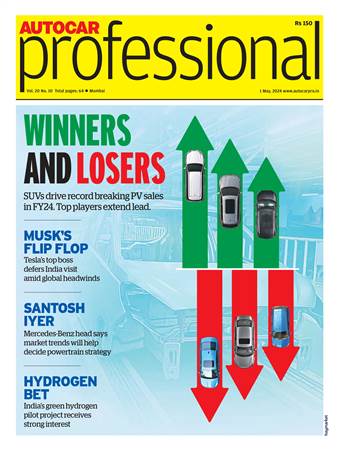Ford researchers study the gecko’s sticky pads to improve adhesives
Ford researchers will study the gecko’s sticky toe pads for clues to improve adhesives and increase the recyclability of auto parts
Ford Motor Company, along with The Procter and Gamble Company, will chart new territory as it seeks to create adhesive innovations inspired by the gecko. A key challenge is glue used to adhere foams to plastics and metals can make disassembling parts for recycling nearly impossible. Enter the gecko.
The lizard’s toe pads allow it to stick to most surfaces without liquids or surface tension. The reptile can then easily release itself, leaving no residue. Consider, too, that a typical mature gecko weighing 2.5 ounces is capable of supporting 293 pounds. The gecko could inspire a host of adhesive innovations for global applications at Ford, said Debbie Mielewski, Ford senior technical leader for plastics and sustainability research.
“Solving this problem could provide cost savings and certainly an environmental savings,” said Mielewski. “It means we could increase the recycling of more foam and plastics, and further reduce our environmental footprint.”
Buoyed by the biomimetic method, Ford recently hosted a forum at its Dearborn campus with participation from Procter & Gamble and The Biomimicry Institute, a nonprofit committed to promoting the innovative approach of looking to nature for sustainable solutions to modern-day challenges. Nearly 200 researchers and designers took part in the day-long session to learn about biomimicry and how to apply it to their work.
“We are excited for the opportunity to participate, together with Ford – with whom we have a history of collaboration – in The Biomimicry Institute workshop,” said Lee Ellen Drechsler, director for corporate connect and development, The Procter and Gamble Company. “We have an interest within Procter & Gamble for using biomimicry as a way to broaden our approach to solving tough research challenges.”
The biomimetic approach is not new. The Bullet Train in Shinkansen, Japan was inspired by the kingfisher. Velcro took its cues from a burr. And improved medical needles were developed based on the mosquito. Interest in the approach has increased in the last decade as awareness of climate change and environmental challenges is heightened, said Gretchen Hooker, project manager for design challenges at The Biomimicry Institute.
Founded in 2006, the group works to empower people to create sustainable products and services using biomimicry. In addition to mobilizing educators and regional practitioners through the Biomimicry Global Network, the organisation provides a platform to learn and practice biomimicry through multiple design challenges. These include open innovation, academic-corporate partnerships and corporate-employee challenges where employees get hands-on training while developing new solutions to issues corporations face. AskNature.org, the organization’s online database of biological solutions, offers inspiration to those looking to find answers in biomimicry.
“Ford and P&G are the first companies to take part in these new corporate-employee challenges,” said Hooker.
Beyond recycling, the Ford design teams have worked for nearly a decade to find nature-inspired technologies, with recent successes in yarn production for seating materials and headliners.
Ford is the only automaker to use Unifi’s high-performance REPREVE fiber, made from 100 percent recycled materials including plastic bottles, in its vehicles. Ford employs REPREVE in five of its vehicles – the new F-150, Explorer, Edge, Focus Electric and Fusion – making it a globally used material. The use of REPREVE represents Ford’s commitment to reduce, reuse and recycle, part of the automaker’s global sustainability strategy to lessen its environmental footprint.
Ford designers are now looking to expand upon that commitment, turning to nature to further improve the sustainable materials in vehicle fabrics. The gecko may also inspire fabric technologies that could transform the cabin of Ford vehicles, researchers said.
“As we look to further our commitment to reducing our environmental footprint, taking a holistic, biomimetic approach makes sense because nature has efficiencies in design and uses minimal resources,” said Carol Kordich, global sustainable fabric strategies and development, Ford. “Nature is the ultimate guide.”
RELATED ARTICLES
Hyundai begins supplies of hydrogen fuel cell trucks in North America
Hyundai Motor Company, which has been actively working with partners to build a hydrogen value chain in North America, s...
ZF Foxconn Chassis Modules plots speedy growth with top tier customers
ZF Foxconn Chassis Modules, which supplies global premium and volume manufacturers and is represented at 25 locations wo...
Visteon opens high-tech automotive testing lab in Bulgaria
The facility, which is equipped with cutting-edge technology and houses over 70 highly skilled engineers, expands the co...





 By Autocar Pro News Desk
By Autocar Pro News Desk
 20 Oct 2015
20 Oct 2015
 4650 Views
4650 Views









